Our first look at the vehicle most likely to become the inaugural ute sold by Chery in Australia has come courtesy of these design drawings registered with the Argentinian patent office.
The Chinese automaker used last month’s Shanghai motor show to reveal its new Himla dual-cab ute, but Chery’s export boss later confirmed it won’t be sold in Australia.
Instead, Chery International president Zhang Guibling said that Chery Australia will release a larger plug-in hybrid (PHEV) ute directly aimed at the popular BYD Shark 6 – and this is what it could look like.
Hundreds of new car deals are available through CarExpert right now. Get the experts on your side and score a great deal. Browse now.
Now in development ahead of its global launch next year, the as-yet-unnamed new Chery ute is claimed to be more suitable for Australia – one of many right-hand drive markets in which it will be sold.
“We recognise Australia as a big market for pickups, and I can tell you now that we are developing a first-rate pickup that will better meet the needs of Australian customers,” Mr Guibling told a small group of journalists at the Chinese brand’s HQ in Wuhu.
While the Himla ute was revealed in Shanghai in final production form, Chery also unveiled another prototype dual-cab at the show under its Jetour brand, codenamed F700 featuring suicide doors and enormous wheels.
Low-resolution design renders recently published by the Argentine National Institute of Technology patent office now show what the showroom-ready version will look like.
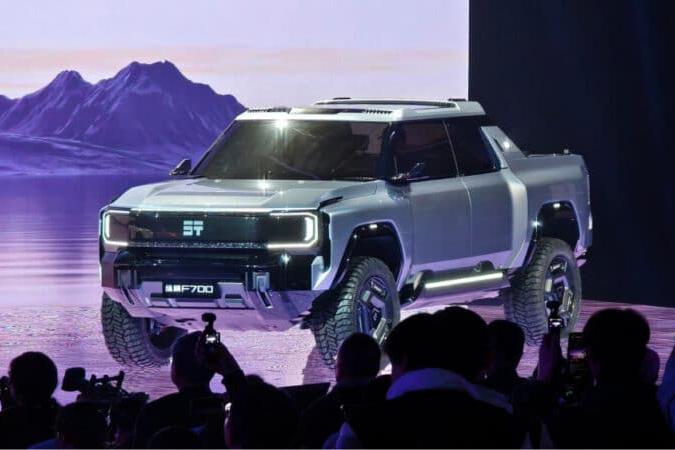
Jetour Zongheng F700 prototype images courtesy of CarNewsChina
As further patent images published by Autoweb in Argentina show, the Jetour ‘F700’ is a dual-cab ute like the Chery Himla.
Presenting squarer lines and larger headlights, plus a step in its rear bumper like the Ford Ranger and Kia Tasman, it looks less adventurous than the heavily haunched prototype that previewed it and more like a Ranger than the Himla, which features slender headlights flanking a huge black Chery-badged grille.
At this stage it’s unclear what nameplate Chery’s second ute will wear, and what brand it will be sold under in Australia, where the Chinese auto giant now markets models under the Chery and Jaecoo brands, all of which offer a range of car-based SUV models.
Chery is also readying a local launch for its Omoda and iCaur brands, which will also offer SUVs.
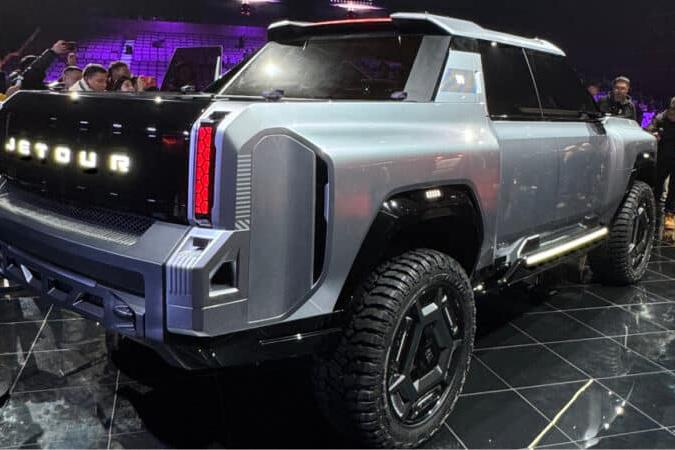
But Chery, which was China’s top passenger car exporter for the 22nd consecutive year in 2024 and sells vehicles everywhere from Europe and Latin America to Africa and the Middle East, also has a confusing web of spinoff brands including Jetour, Karry, Exeed and Exlantix.
It also recently teased the return of the Rely nameplate.
If Chery chooses to sell the F700 here under either the Jetour or Rely brands, which are most likely, the Chinese auto conglomerate would offer no fewer than five separate brands in this market, including its namesake marque.
Based on the 5.1m-long Jetour Zongheng G700 large SUV that was also revealed in Shanghai last month, the Jetour F700 prototype features a PHEV powertrain.
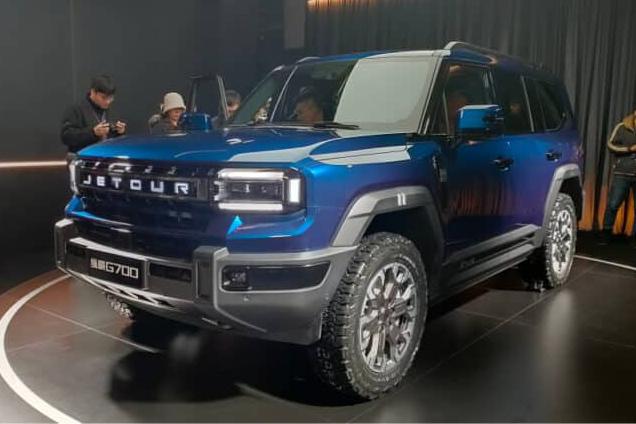
Jetour Zongheng G700 images courtesy of CarNewsChina
This reportedly combines a turbocharged 2.0-litre four-cylinder petrol engine producing 157kW of power with a 209kW electric mounted within its transmission, and a 304kW rear-mounted electric motor, for combined outputs of no less than 560kW and 795Nm.
An even bigger and more powerful large SUV dubbed the Jetour G900 employs an extended-range electric vehicle (EREV) powertrain to produce a whopping 1172kW thanks to four electric motors.
Both of Jetour’s PHEV and EREV powertrains leverage an 800V electrical architecture offering 6C fast-charging capabilities, reportedly resulting in 20-80 per cent battery charging times in as little as six minutes.
In a tantalising taste of what the Jetour ute might be capable of, the G700 is able to perform ‘tank’ turns, rotating 360 degrees on the spot, and features air suspension that can raise its ground clearance to 350mm.
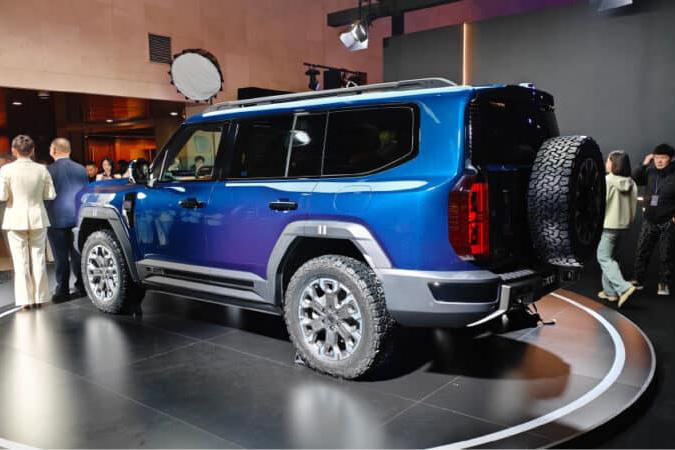
However, Chery’s new global right-hand drive ute could also be powered by the company’s fifth-generation plug-in hybrid powertrain, dubbed Chery Super Hybrid (CHS) and already seen in the Tiggo 7, Tiggo 8 and Tiggo 9 models.
The company claims these powertrains are some of the most advanced PHEVs in the segment, boasting thermal efficiency of 44.5 per cent, a single-speed Direct Hybrid Transmission (DHT) with 98.5 per cent efficiency, and an all-electric range of 95km on the WLTP cycle via an 18.5kWh battery.
The combined range for the Tiggo 7 PHEV is a claimed 1080km (WLTC), while the larger Tiggo 8 PHEV will offer an even longer 1200km-plus range.
Both models incorporate a ‘hybrid-specific’ four-cylinder 1.5-litre turbocharged petrol engine producing 108kW of power and 215Nm of torque, while the electric motor develops 150kW and 310Nm, with a total power output of approximately 230kW.
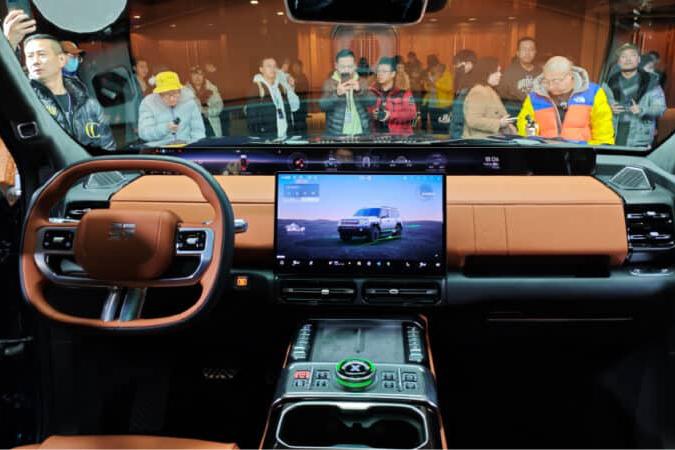
Interestingly, the larger new Tiggo 9 PHEV uses the same 1.5-litre turbo-four petrol in both 2WD and 4WD configurations, paired to a three-speed DHT transmission and making up to 340kW and 700Nm, which should be plenty for a 4×4-capable dual-cab ute.
Previewed by the KP11 prototype last year, the Himla ute is based on a ladder-frame chassis and expected to be available in some markets with a 2.4-litre turbocharged petrol engine, but a turbo-diesel version is also possible for some countries.
No exterior dimensions are available yet for the Jetour dual-cab, but it’s also likely be a mid-size ute to rival the top-selling, ladder-frame Ranger and Toyota HiLux.
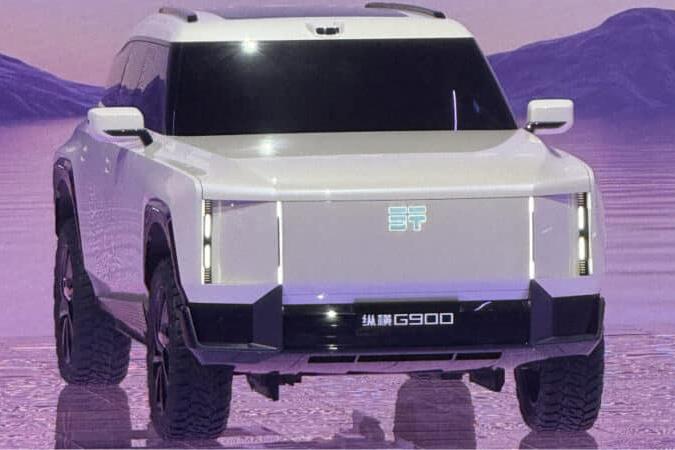
Jetour Zongheng G900 images courtesy of CarNewsChina
Like the Himla ute, it could feature a large free-standing infotainment touchscreen within an upmarket interior lined with real and fake leather in some variants.
When Chery revealed its first Himla ute in Shanghai last month, it said its pickup range would offer “a full lineup spanning from compact to mid-size and large pickups” powered by petrol, diesel and electrified powertrains for markets including Europe, the Middle East and Latin America.
Few details were announced, but Chery said the initial Himla dual-cab will match key rivals with a braked towing capacity of 3500kg and a circa-1000kg payload, plus a “global five-star safety standard” and a “high-strength body structure, intelligent driving assistance systems, and advanced battery safety technology”.
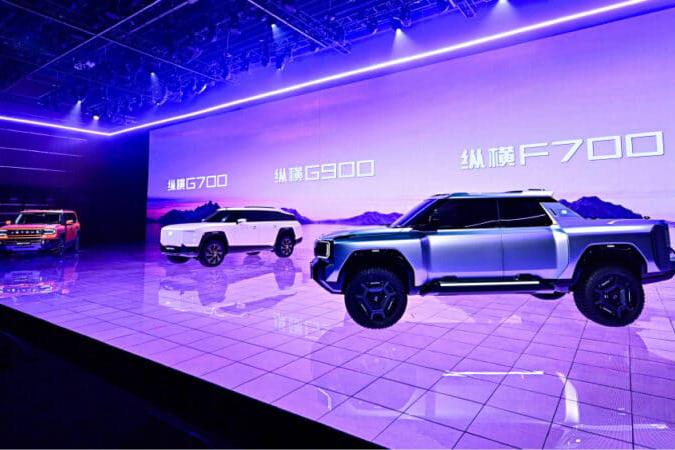
No details or images of utes subsequent to the Himla have been revealed by Chery so far, but the company’s international chief said the next two models will be launched in 2026.
“I think the first one will be ready for the first half of next year, with another version later in the second half but with a range of different powertrains to suit different customer needs,” said Mr Guibling.
A local Chery spokesperson later said the Chinese brand was keen to release its first ute in Australia, but the Himla dual-cab shown at Shanghai remains unconfirmed for this market.
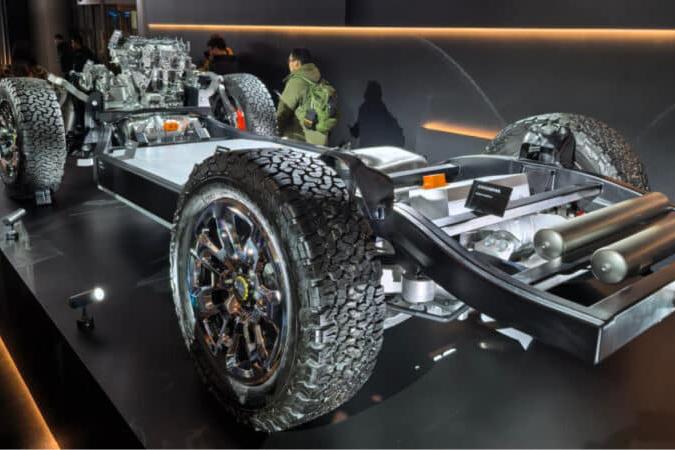
“We’re always interested in reviewing the exciting product from our head office and we’d love to see a ute in our lineup, but there are no confirmed details at this stage,” he said.
Chery has sold traditional ladder-frame, dual-cab utes before, including the Higgo and Aika from its Karry commercial vehicle brand.
But the new Himla, Jetour and potentially Rely branded ute range is part of Chery’s strategy to sell one million vehicles annually by 2027, by expanding into new vehicle segments including light commercial vehicles and people movers.
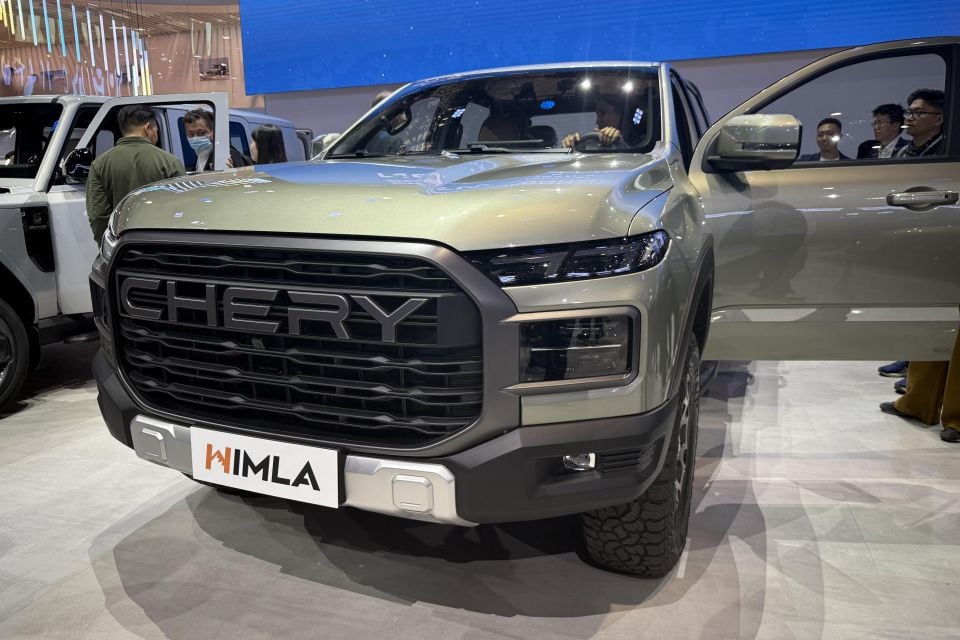
Locally, Chery has made no secret of its plan to become a top-five auto brand in Australia within five years of its local relaunch in 2022.
It had hoped to reach 30,000 annual sales by 2024, but sold less than half that number with fewer than 13,000 registrations.
Chery’s first ute would join a growing number of Chinese dual-cabs sold in Australia, including rivals from BYD, GWM, JAC, LDV and, soon, MG and Foton.
And a PHEV ute would also go head-to-head with models including the BYD Shark 6, GWM Cannon Alpha PHEV and the upcoming Ford Ranger PHEV.


